Kiev will play host to the top Counter-Strike: Global Offensive teams on the planet, in a time where the best rosters has never been more elite, and the competition never more fierce. With a Swiss System format, and limited spots in the playoffs, expect upsets and some of CS:GO’s most hyped sides to bleed early on.
The StarLadder StarSeries Season 3 Finals come after a month break and the first outings of many teams at IEM Katowice 2017. This means that, in theory, we will see some of CS:GO’s most anticipated super teams, each of which have been given plenty of time and opportunity to become the best versions of themselves. And, as a result, we will see some of the year’s best Counter-Strike on display.
In practice, this tournament could go drastically the other way, as a variety of factors, both inside and outside the game, might leave us with very unexpected results.
The abundance of talent
Many of the big rosters in the scene have been pieced together over time, so we’re probably taking for granted just how ridiculous the line-ups at the top end of the scene look on-paper. Could you imagine being told eight months ago that Magisk, Aizy, K0nfig, Cajunb, and MSL were on one team, Shox, bodyy, NBK, KennyS, and apEX were on another, and rain, kioshima, Niko, Karrigan and Allu were competing at the same time as well?
The legendary rosters or slightly reformed cores of Fnatic, Virtus Pro, Astralis, and Na`Vi are meeting the more newly formed, talent-dense sides of FaZe, G2, and North. Throw in dangerous dark horses like Heroic, Immortals, Gambit, and NiP, and you can safely say that at the moment, this is one of the most promising and competitive eras in the history of CS:GO.
When some of CS’s most stacked rosters go head-to-head, there is no doubt that there will be a standout star, but analyzing who this star might be and how he will battle against other standout players is impossible, especially early on in a Swiss System format.
On top of this, the map pools of many of these top teams have not strenuously stress-tested in a LAN environment—many of the teams are just too young. This leaves room for hidden pocket picks and experimentation in the veto, potentially wreaking havoc on sides who have tried to map out the veto actions of their opponent.
The expectation of confusing vets can also be supported by the selected maps at IEM Katowice. With SK Gaming doing things like banning Train (even if it was against Virtus Pro), despite their historical pedigree as the best Train team in the world.
The swiss system
The ebb and flow of teams map pools might be an almost null factor given the complete chaos that the swiss system can cause.
Given the abundance of talent and shaky map pools, stylistic match-ups between teams has been given more of a priority in predicting games by analysts and pundits. If we can’t rely on the veto or current form to look at a game, then we have to look at the tactics, methodology, and playstyle. Understandably, the swiss system does not take these key factors into account when seeding teams against each other. Rather, it randomly pairs teams who have the same win/loss record.
That means we can see the famously close and unique Danish rivalry of Astralis/North play out early in the swiss system, potentially leaving CS:GO’s best team down a map from the get go. This idea has even more weight to it when you consider the best-of-one nature of all the games, and the impact of teams like FaZe and G2 could easily have if any one of their multiple stars goes off for just the one game.
Unlike in other swiss systems that use a smaller pool of teams, the playoff bracket has a full round of eight, making teams play three Bo3 to win the tournament after group stage play. This will be welcome following the potential chaos of swiss system play, and better help cement the importance of whoever looks to win the tournament itself.
The power of Kiev
Out of all of the cities CS:GO has a history in, the StarLadder tournaments in Kiev have always bought with them a mighty CIS bias.
Whether it was Virtus.pro beating the indomitable Ninjas in Pyjamas line-up twice on LAN in early 2013 at StarLadder V or Na`Vi’s nail-biting full 5 game series against the soon to-become best team in the world Fnatic at StarLadder X. Regardless of the era, the strength of the top CIS side, and the strength of the scene at that time, an Eastern European team will somehow almost always find themselves making deep runs into the playoff bracket and putting up massive performances in front of their home crowd.
Three CIS teams will be at the event: Na`Vi, Hellraisers and Gambit. Hellraisers have been struggling to deal with the departure of oskar, and now without star firepower, have been searching for the diamond in the rough out of its four potential stars. Maybe the city of Kiev will provide the final push for someone like bondik to finally have a true breakout performance in front of an international crowd.
Similarly, both Gambit and Na`Vi are dark horses to make a deep run in the tournament. Last time we saw Na`Vi in a Swiss System was at their famed ESL One: New York run, where they won their first $250,000 LAN and set a high bar of expected success moving forwards. Gambit has slowly been ascending the rankings with good performance after good performance, cementing themselves as a dangerous outside contender and looking to make a serious run at the No. 1 spot in their region. Kiev will be the place for both of these teams to prove that even super teams can fall, as they try to upset the more hyped and established names present.
So whether you look at the sheer abundance of talent, the map pools, best-of-one Swiss System tournament format, or the historical storyline of the city itself, upsets and shocking results are likely to happen. Predicting who these upsets happen to and when in the tournament is as good a guess as any though.



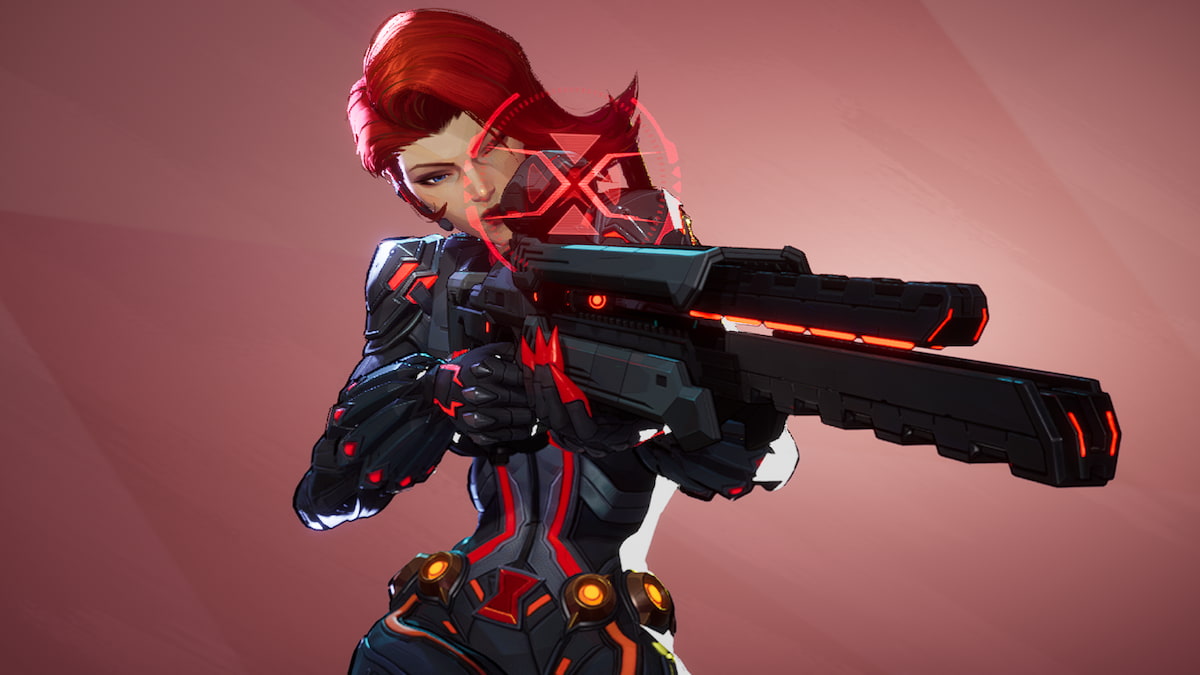
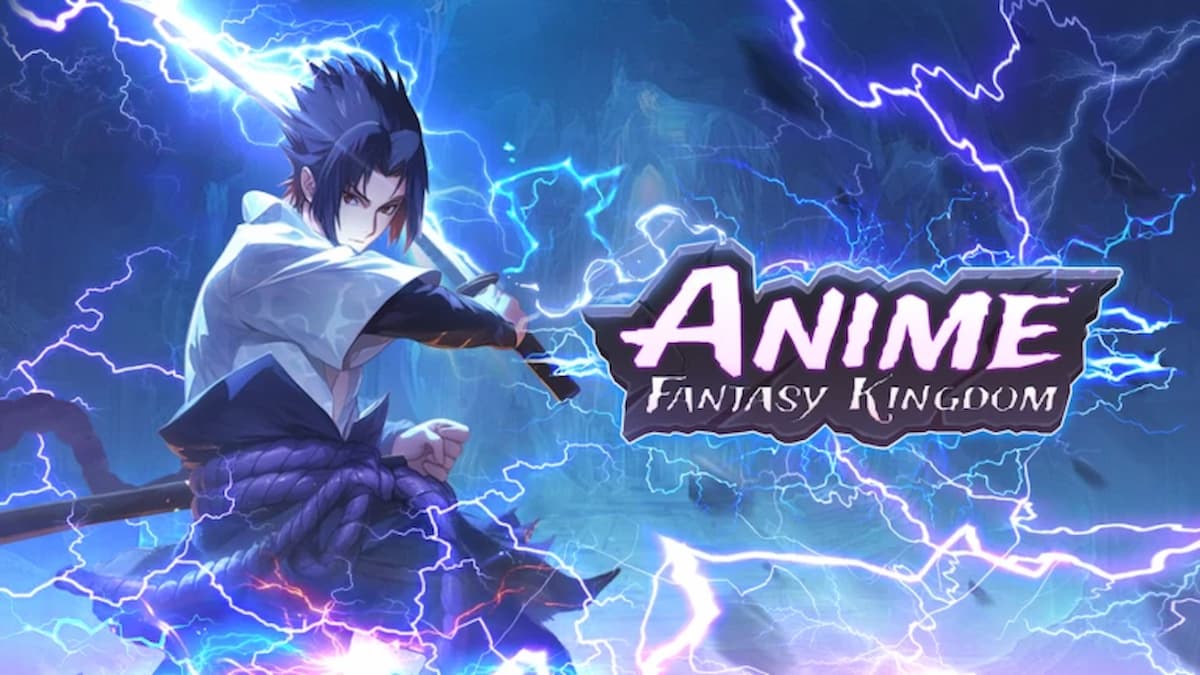
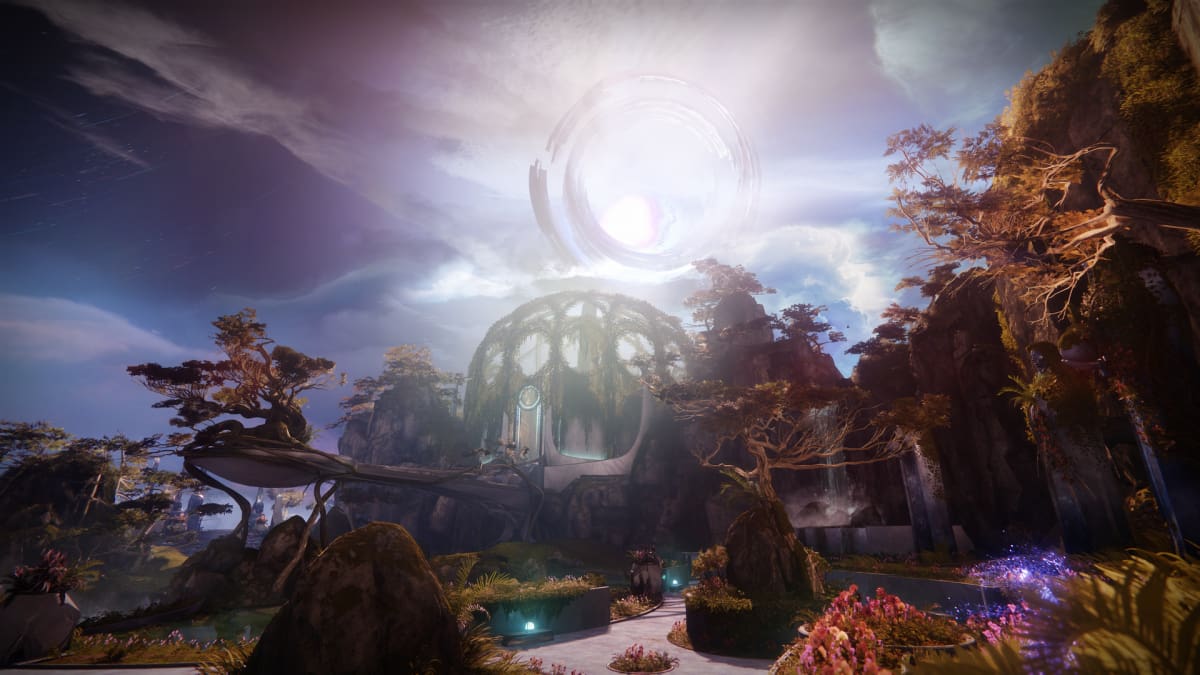

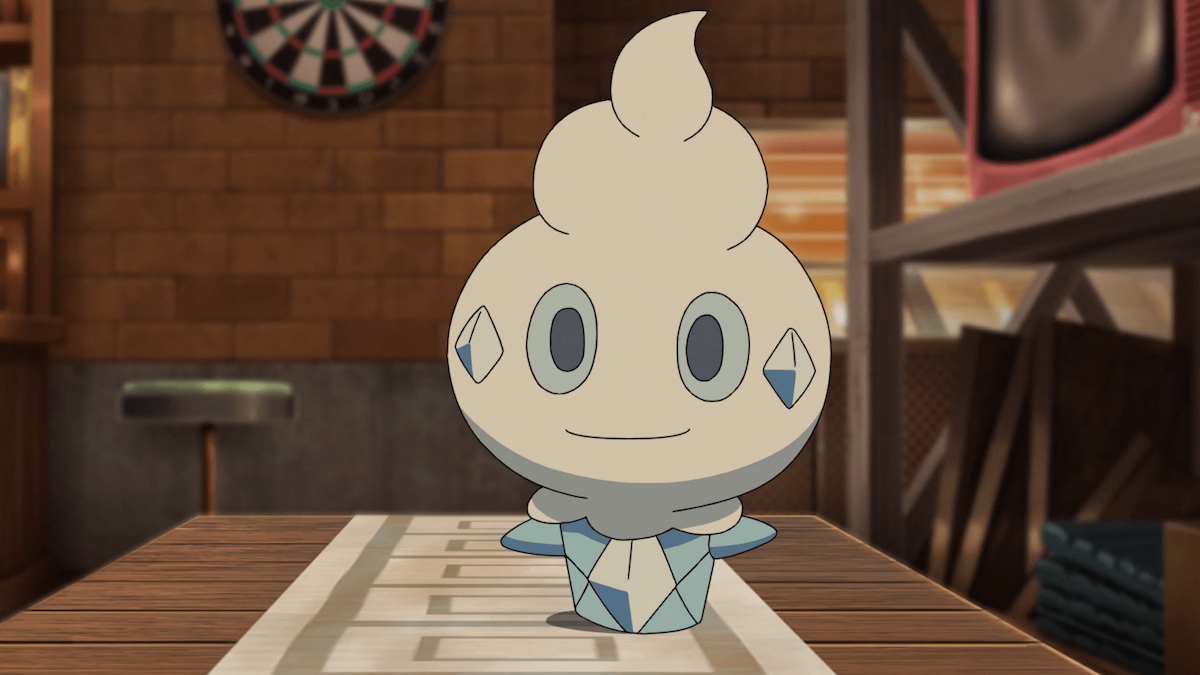
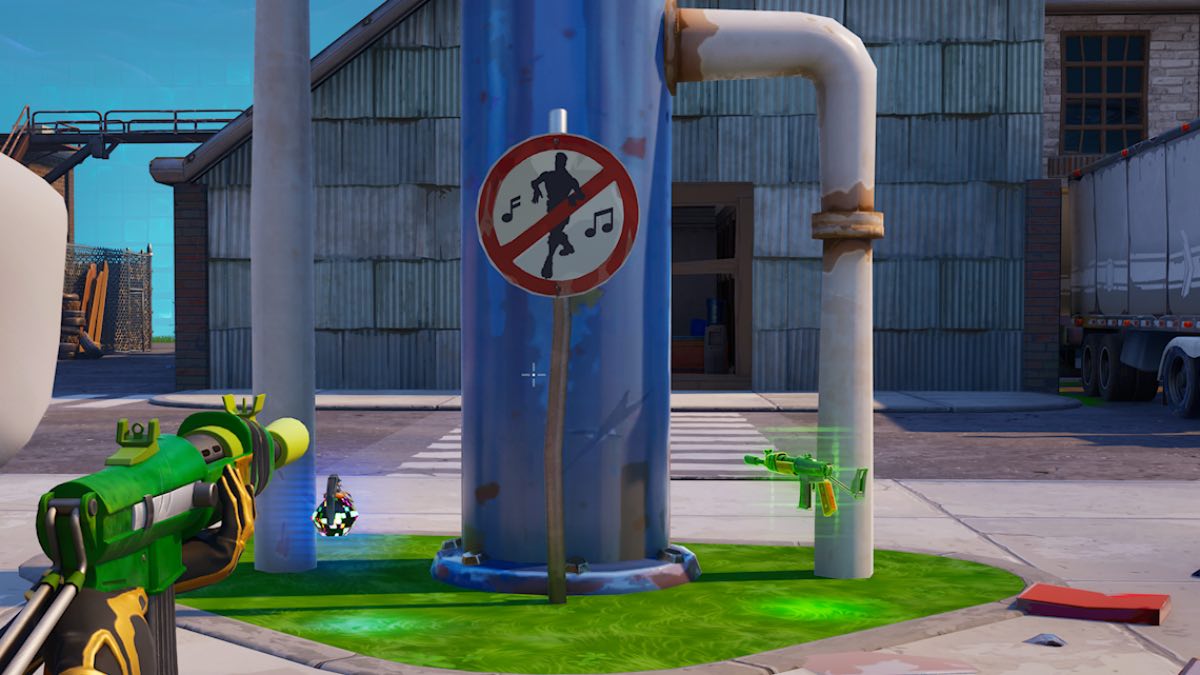
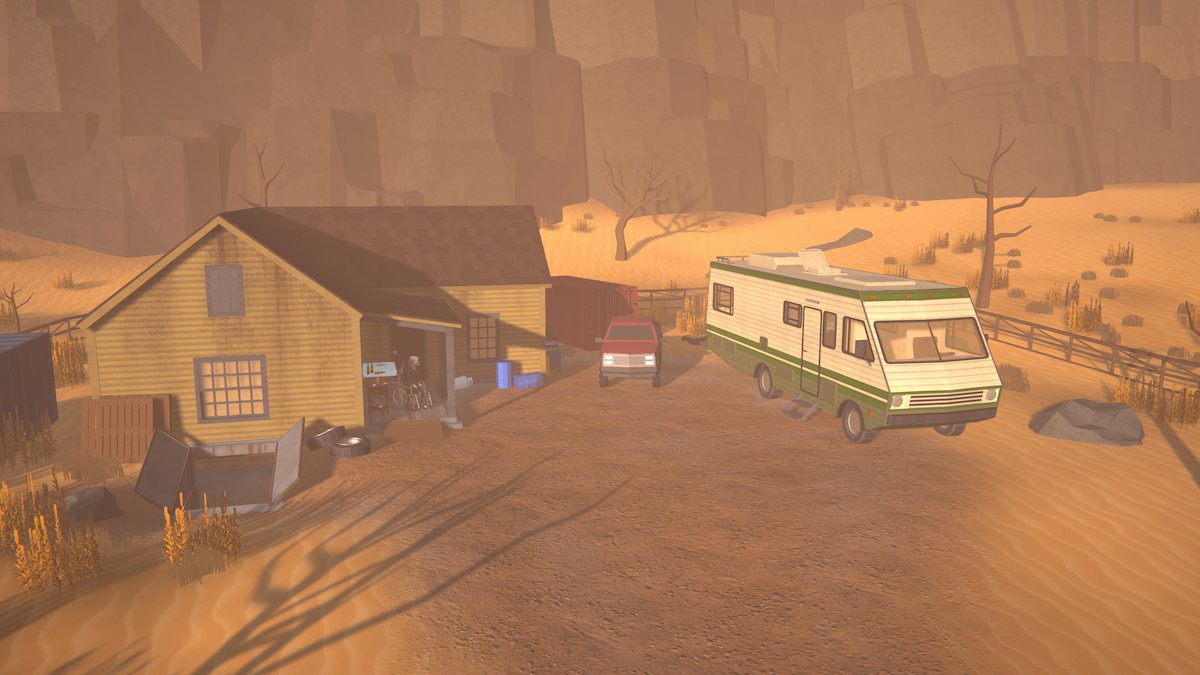

Published: Apr 4, 2017 07:32 am